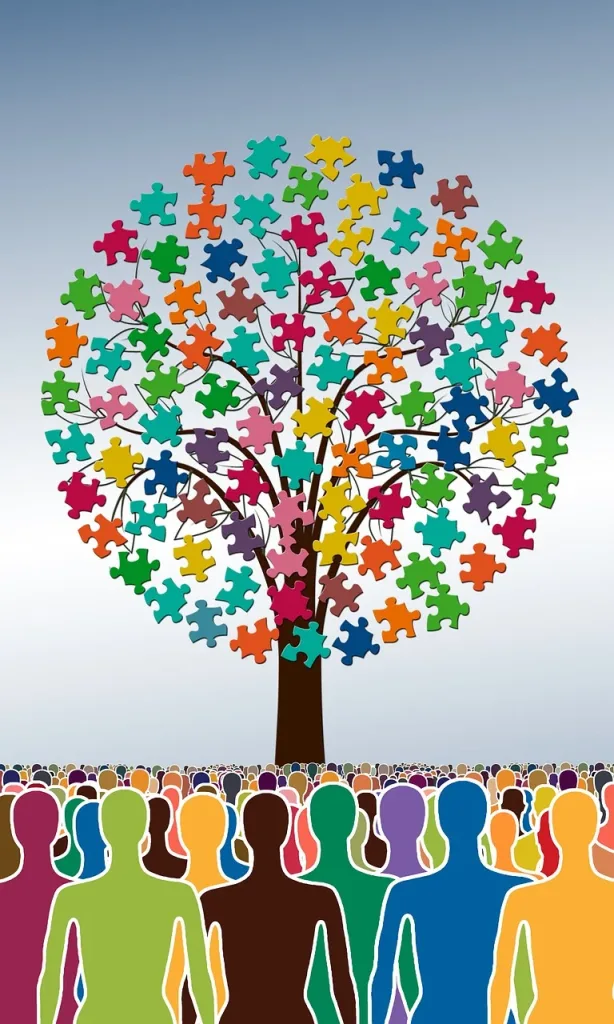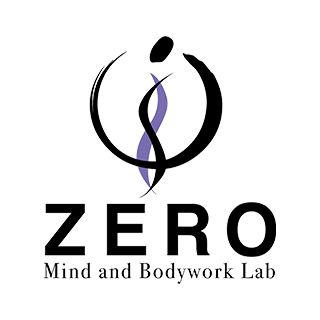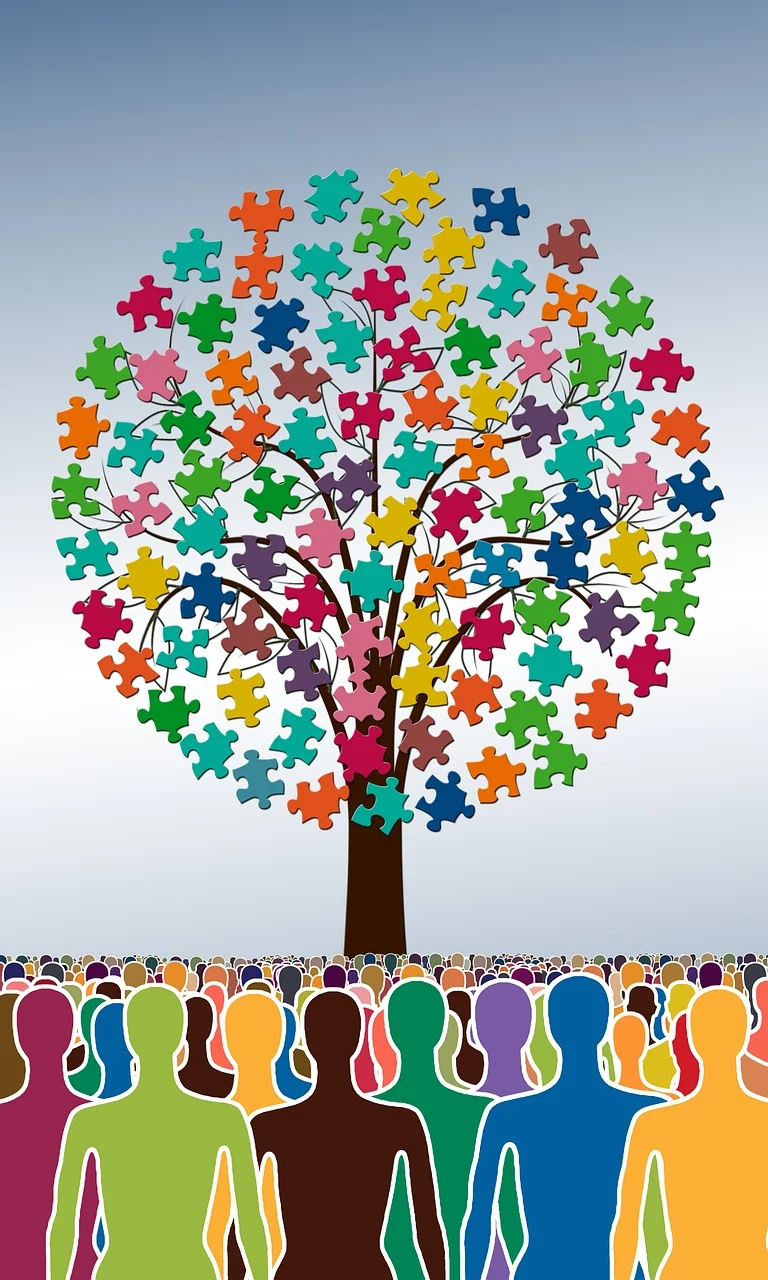Introduction
Hello, I’m Hidefumi Otsuka, offering Rolfing sessions in Shibuya, Tokyo.
Since April 8, 2025, I have been participating in the Advanced Training (AT) organized by the Japan Rolfing Association in Ichigaya, Tokyo, taught by Ray McCall and Hiroyoshi Tahata.

In the AT, alongside “neutrality,” the theme of “integration” (Integration) has been placed at the center.
Therefore, in this post, I would like to summarize the concept of integration and how to practice it, based on what I have learned in the AT.
What Is Integration?
Ray McCall states:
“Integration is the process through which the client evokes their own health.”
This way of thinking is also connected to the words of Dr. Ida Rolf, the founder of Rolfing:
“Health is the body being able to exist in harmony with gravity, in the most natural state.”
— Ida Rolf
In other words, it is not the practitioner “correcting” something, but rather drawing out the potential for health that already exists within the client — this can be considered the essence of integration.
The Basic Process to Promote Integration — “Test → Intervene → Re-test”
Another important point Ray emphasizes is the attitude of repeatedly performing “Test → Intervene → Re-test” during a session to verify integration.
Specifically:
- Test
Observe the client’s standing posture, movements, and sensations.
It is important to listen to the voice of the client’s body without imposing “what should be done.” - Intervene
Make the minimal necessary intervention.
From an energetic perspective, the focus is more on “what kind of field to create” and “what naturally occurs,” rather than “what to do.” - Re-test
After the intervention, observe the client’s responses again.
The key is not to force changes but to see whether natural self-regulation has begun.
By repeating this cycle, the process of integration naturally arises from within the client.
Moreover, it becomes possible to assess whether the chosen approach was appropriate.
Ray states in his words,
“Defined as the linkage of differentiated components of a system, integration is viewed as the core mechanism in the cultivation of well-being. These integrated linkages enable more intricate functions to emerge.”
Three Elements That Support Integration
In promoting integration, I believe there are three key points, which I will organize here:
1. Supporting Self-Regulation
Trust in the client’s inherent self-regulatory capacity and support it.
Rather than being a presence that “causes” change, create a field where change “happens.”
2. Harmony with Gravity
Ida Rolf regarded integration as harmony with gravity.
When the body receives support from gravity, a state arises where one can stand and move with minimal effort.
3. Restoration of Wholeness
Integration can be seen as a process of restoring the holistic connection, not just of the musculoskeletal system but including sensory, emotional, and conscious levels.
It is not about integrating isolated parts but about aiming for integration as a whole human being.
Conclusion
Integration is not simply a technical achievement — it is an art that supports the client’s self-organization.
The “way of living in harmony with gravity” that Ida Rolf pursued,
the “evoking of health” that Ray teaches,
and the “Test → Intervene → Re-test” approach —
all of these point toward a profound trust in the life process inherent within the client.
Rather than “doing something,”
we can simply “be present” —
and by doing so, allow integration to naturally arise.
I hope this post helps deepen your understanding of integration.。

